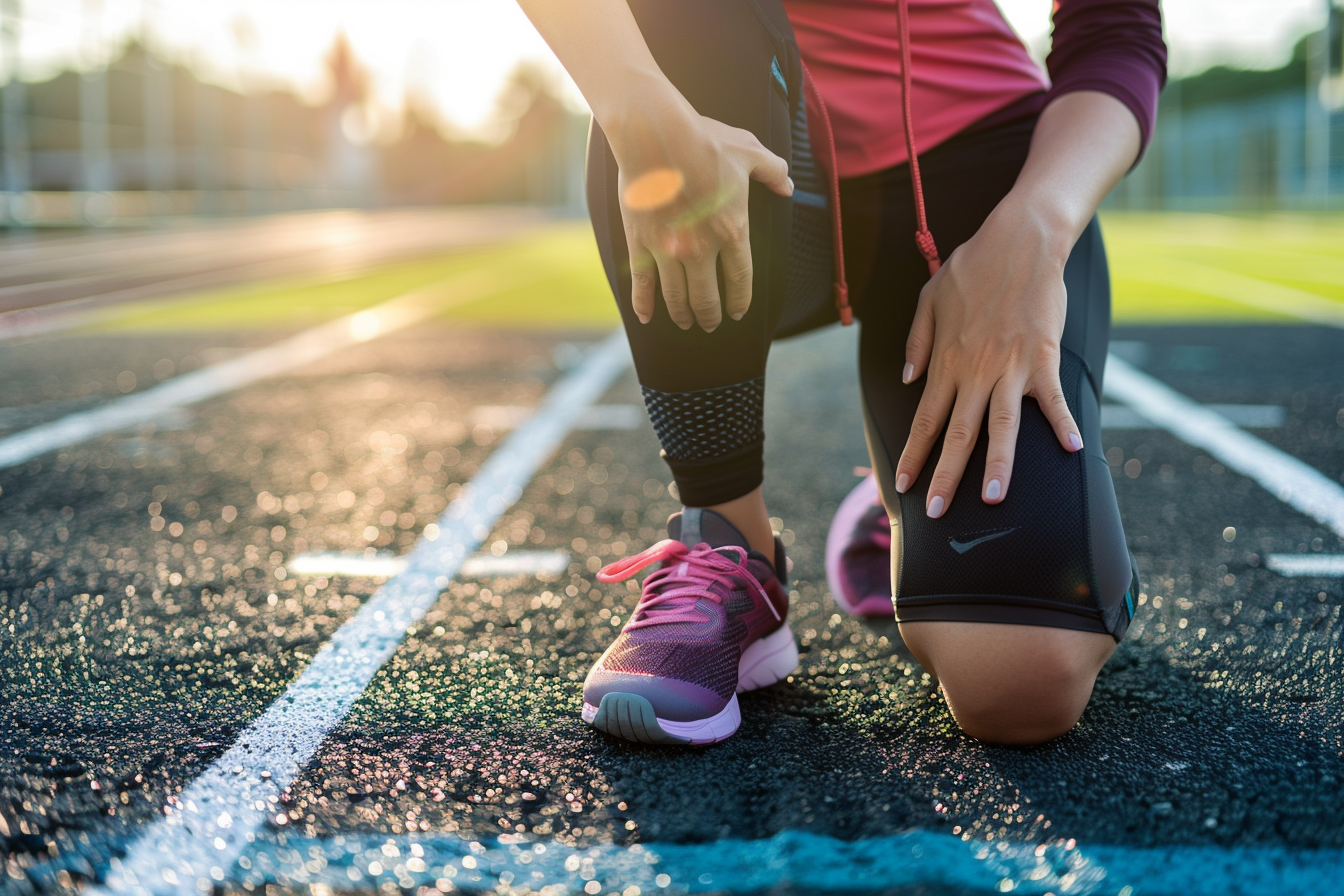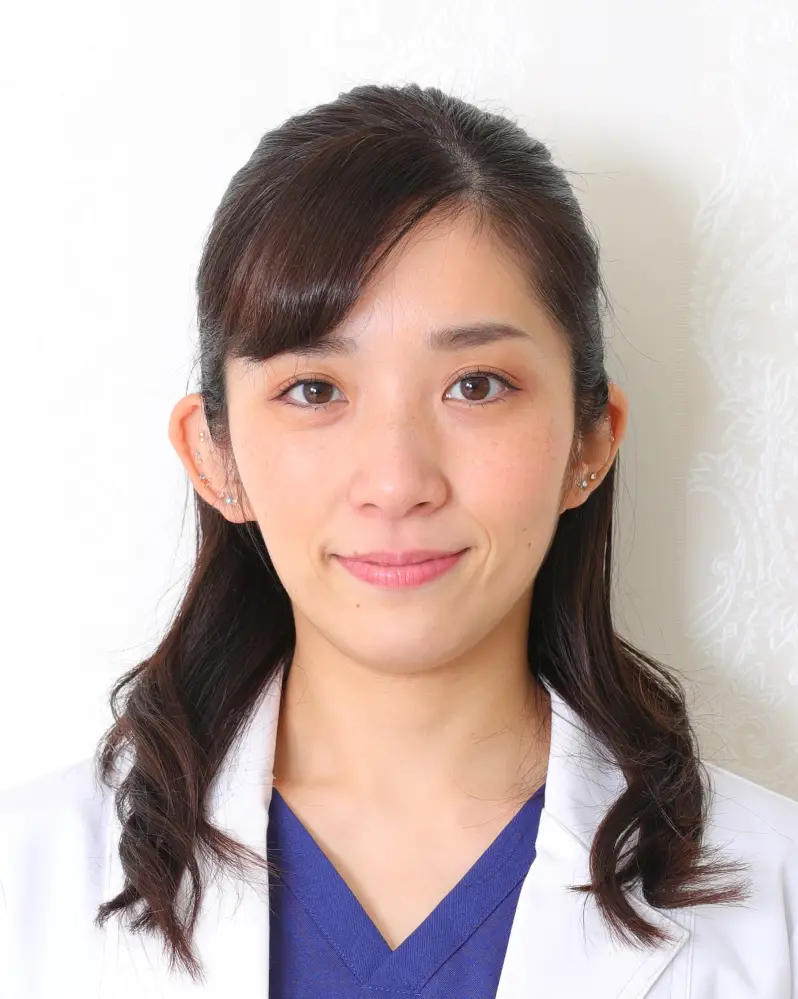Unlocking the Secrets to Foot Pain Relief with Acupressure Points
Foot pain can be a persistent and frustrating problem, whether it stems from a long day of standing, an active lifestyle, or underlying health issues. Fortunately, Traditional Chinese Medicine (TCM) offers a natural and effective solution through acupressure. By applying pressure to specific points on the body, you can alleviate discomfort and promote overall well-being. In this article, we’ll explore three powerful acupressure points—Liv-3, KI-1, and ST-43—that can provide significant relief from foot pain. We consulted Ms. Mai Sogawa, a renowned TCM therapist, to ensure the accuracy and effectiveness of these recommendations. You can learn more about Ms. Mai here.
Understanding Foot Pain in TCM
Before diving into the specific acupressure points, it’s important to understand the TCM perspective on foot pain. According to TCM, foot pain often results from imbalances in the body’s energy flow, known as Qi. These imbalances can be due to factors like poor circulation, stress, or blocked energy channels. By stimulating specific acupressure points, you can help restore balance, improve circulation, and relieve pain.
Liv-3 (Tai Chong): The Great Harmonizer
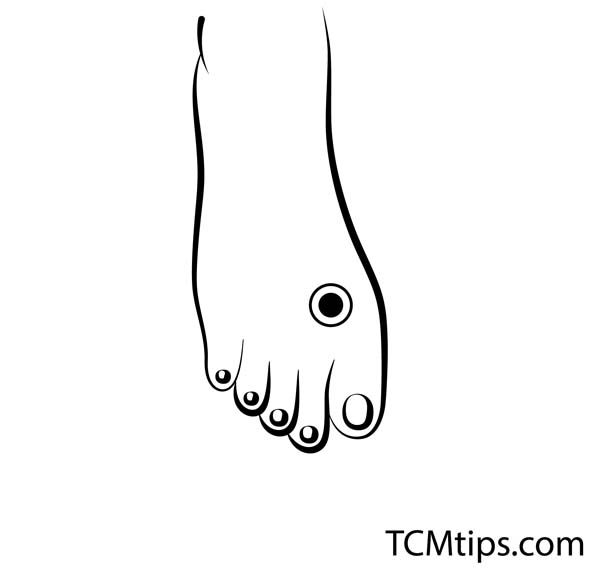
Location:
The Liv-3 point, also known as Tai Chong, is located on the top of your foot, in the depression between the first and second toes.
Benefits:
- Pain Relief: Liv-3 is a powerful point for relieving pain not just in the feet, but throughout the body. It’s particularly effective for treating headaches, eye fatigue, and menstrual cramps.
- Stress Reduction: This point is also known for its calming effects, helping to reduce stress and anxiety, which can often exacerbate physical pain.
- Balancing Liver Qi: In TCM, Liv-3 is associated with the Liver meridian and is crucial for balancing Liver Qi. This balance is essential for reducing symptoms like irritability and tension, which can contribute to foot pain.
How to Apply Pressure:
- Technique: Use your thumb or a blunt object to apply firm, steady pressure on Liv-3.
- Frequency: You can stimulate this point several times a day, especially when experiencing foot pain or stress.
KI-1 (Yong Quan): The Fountain of Vitality
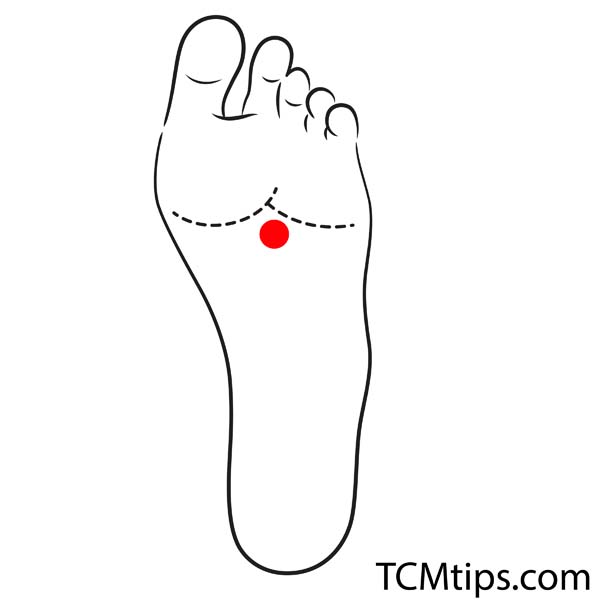
Location:
The KI-1 point, known as Yong Quan, is located on the sole of your foot, about one-third of the way down from the toes, in the depression between the second and third metatarsal bones.
Benefits:
- Grounding and Calming: KI-1 is the lowest point on the body in TCM, making it a key spot for grounding and calming the mind. It’s particularly useful for relieving stress-induced foot pain.
- Invigorating the Kidneys: This point is associated with the Kidney meridian and helps in revitalizing Kidney energy, which is vital for overall vitality and longevity.
- Pain Relief: Stimulating KI-1 can help alleviate foot pain, especially if the pain is related to issues with circulation or energy blockages.
How to Apply Pressure:
- Technique: Use your thumb to press firmly into KI-1, applying circular motions if desired.
- Frequency: Apply pressure daily, particularly in the evening, to help relax and soothe foot pain before bed.
ST-43 (Xian Gu): The Clearing Point
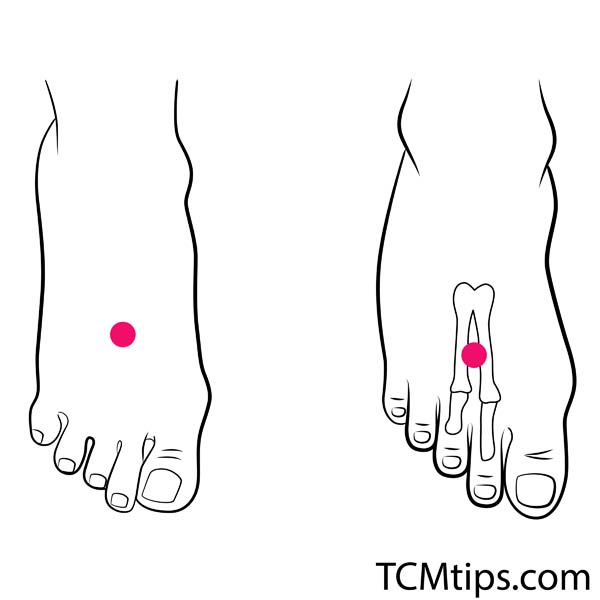
Location:
ST-43, or Xian Gu, is located on the top of the foot, in the depression between the second and third metatarsal bones.
Benefits:
- Reduces Swelling: ST-43 is particularly effective in reducing swelling and inflammation, making it a great choice for those with conditions like plantar fasciitis or arthritis.
- Digestive Aid: This point is connected to the Stomach meridian and can also help alleviate digestive issues, which, according to TCM, may be related to foot pain.
- Pain Management: By stimulating ST-43, you can help clear blockages in the Stomach meridian, leading to better pain management and reduced discomfort in the feet.
How to Apply Pressure:
- Technique: Apply firm pressure using your thumb or an acupressure tool, pressing into the point and holding it steadily.
- Frequency: Regular stimulation of ST-43 can be beneficial, especially after long periods of standing or walking.
Combine Acupressure with Other Relaxation Techniques
To maximize the benefits of acupressure, consider combining it with other relaxation techniques:
Foot Soaks:
- Before applying pressure, soak your feet in warm water with Epsom salts or essential oils. This will relax the muscles and make the acupressure more effective and comfortable.
Breathing Exercises:
- Pair acupressure with deep breathing exercises. As you press on the points, take slow, deep breaths. This not only enhances relaxation but also helps focus your mind, making the acupressure session more effective.
By incorporating these techniques, you can make acupressure a more convenient and effective part of your daily routine. The key is to start with small, manageable steps and gradually build a habit that fits your lifestyle.

Try our Anti-Aging Gua Sha Tool designed to bring out your skin’s natural glow.
Best Gua Sha Product- Anti-Aging: The tool is designed to target 11 specific aging signs such as wrinkles and sagging skin. By following the 7-step routine, users can improve skin firmness and reduce fine lines naturally.
- Enhances Skincare Routine: It works effectively with serums and lotions, boosting absorption and efficacy of skincare products.
- Visible Skin Improvement: Users can expect a smoother complexion, reduced puffiness, and a more youthful appearance.
 P. Sze
P. Sze 